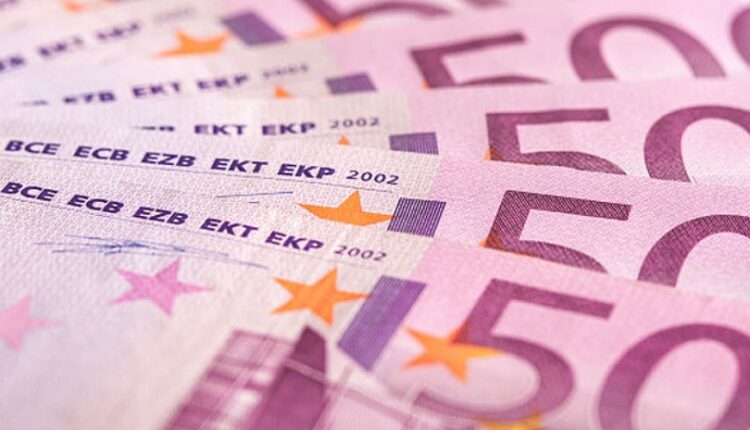
Big Bill Phaseout: Number Of €500 Euro Banknotes In Circulation Falls To Record Low
According to the Bank of Spain’s latest provisional data, the number of €500 euro banknotes in circulation reached its lowest point since the introduction of the euro, according to PresseDigital. In April, there were 10.88 million 500-euro banknotes in circulation, a significant decline attributed to the discontinuation of their issuance by the Bank of Spain in January 2019.
In terms of value, the total amount of €500 euro banknotes in circulation in April was 5,400 million euros, compared to the previous month’s figure of over 5,500 million euros. This represents a 1.8% decrease within a month and a 22.3% decline compared to the same period last year, which recorded 6,950 million euros.
The European Central Bank (ECB) governing council made the decision to halt the production of 500-euro notes in early May 2016. Back then, the rationale towards discontinuation was justified amid concerns that the big banknote has become too handy for money launderers. The ECB—the monetary authority for the 19 countries that use the euro—took action, and only banknotes in circulation remained legal money for now. No additional ones will be issued from existing stocks after late 2018.
Consequently, the Bank of Spain ceased issuing these banknotes from January 2019. However, they remain legal tender and can still be used for transactions and as a store of value, allowing for continued circulation. Certain professional sectors, including banks, cash-in-transit companies, and currency exchange establishments, are also permitted to recirculate these €500 euro bills.
Importantly, the value of these banknotes will be retained indefinitely, and they can be exchanged at any time through central and national banks within the euro zone.
In contrast, the number of €50 euro banknotes in circulation experienced a decline of 3 million units in April, reaching a total of 1,456 million units. The corresponding value of these banknotes amounts to approximately 72,800 million euros.
Regarding the €100 euro banknotes, there was a discrepancy between the number distributed and the number withdrawn in April. Entities operating in Spain returned more banknotes to the Banco de Spain than were put into circulation. The difference between distributed and withdrawn 100-euro banknotes amounted to 168 million units in April, an increase of around two million units compared to the previous month.
Similarly, the difference between the number of €200 euro banknotes distributed and withdrawn remained consistent in April, with 6 million units. This situation may be attributed to the influx of tourism and the likelihood that tourists have brought a significant number of these banknotes to Spain in recent years. As a result, much of the money brought in by tourists finds its way to credit institutions, leading them to return a portion of these banknotes to the Bank of Spain due to lower liquidity requirements for their clients.
As for the €10 and €20 euro banknotes, the net balance between distribution and returns was negative in April. The gap amounted to 1,700 million bills for the €10 euro banknotes, an increase of five million bills compared to the previous month. For the €20 euro banknotes, the gap reached 2,405 million bills, nearly ten million bills more than the previous month.



